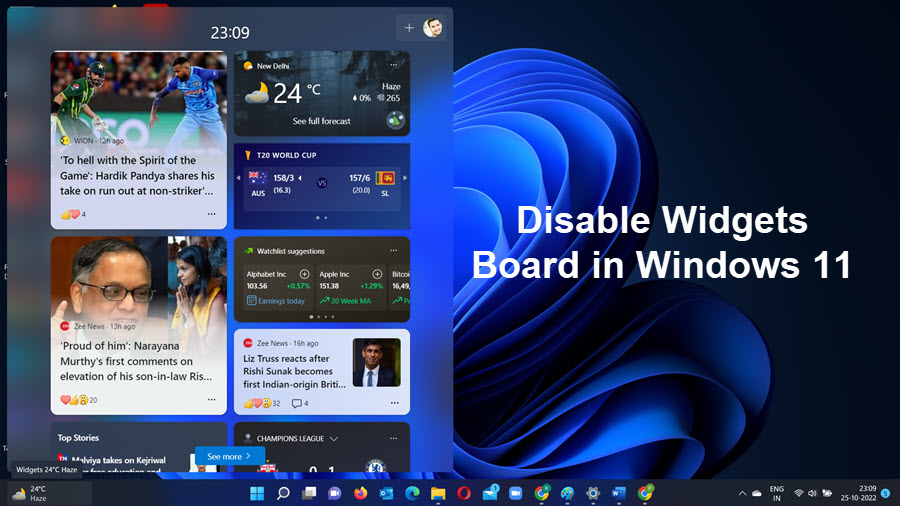Microsoft Active Directory (AD) is a vital directory service and identity management system integral to the Windows Server OS. Designed by Microsoft, it serves as the linchpin for organizations seeking centralized control over network resources. Active Directory excels in user authentication, authorization, and directory services, employing a hierarchical structure for organizing computers, users, and devices.
It facilitates single sign-on, enabling users to access multiple resources with one set of credentials. Moreover, administrators can enforce security policies and configurations across machines and users through group policies. Active Directory’s domain services allow the logical grouping of network objects into domains, forming trees and forests. It manages trust relationships between domains for secure communication and resource access.
Multi-master replication ensures updates made on any domain controller are propagated across the network. DNS integration aids in name resolution for network resources. With Flexible Single Master Operations (FSMO) roles, Active Directory provides a scalable and secure platform for centralized administration, widely adopted in enterprise environments running Microsoft Windows Server.
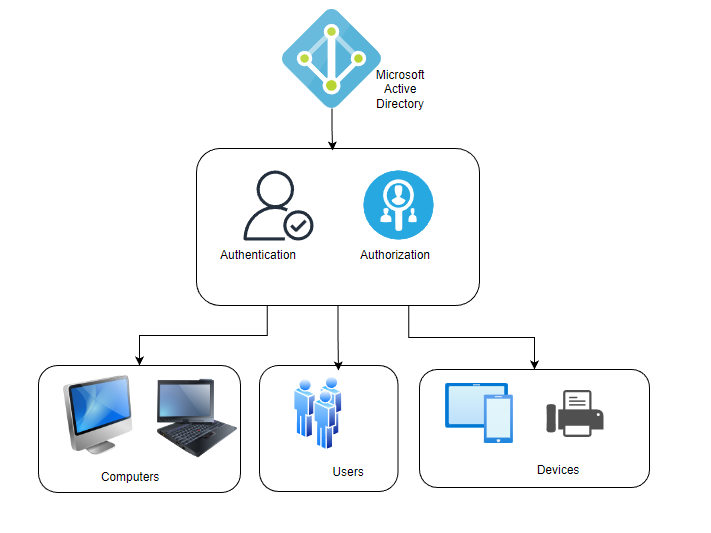
What is FSMO and what is its role?
FSMO stands for Flexible Single Master Operations. In the context of Microsoft Active Directory (AD), FSMO roles refer to specific operations that can only be performed by one domain controller at a time in each domain or forest. These roles are crucial for the proper functioning and maintenance of the Active Directory infrastructure.
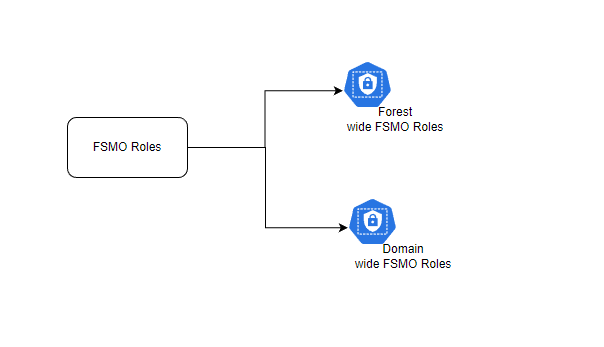
There are two types of FSMO roles: forest-wide roles and domain-wide roles.
Forest-wide FSMO Roles:
Schema Master: Manages updates to the schema, ensuring changes are replicated to all other domain controllers in the forest.
Domain Naming Master: Controls the addition or removal of domains in the forest.
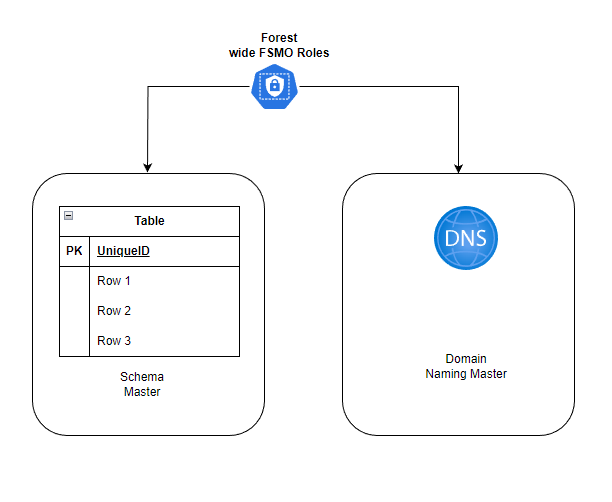
Domain-wide FSMO Roles:
Infrastructure Master: Ensures that cross-domain object references are properly updated. It is particularly important in a multidomain environment.
Relative ID (RID) Master: Manages the distribution of unique RIDs to domain controllers, ensuring that each object’s security identifier (SID) is unique.
Primary Domain Controller (PDC) Emulator: Acts as a Windows NT 4.0 PDC for backward compatibility and handles time synchronization within the domain.
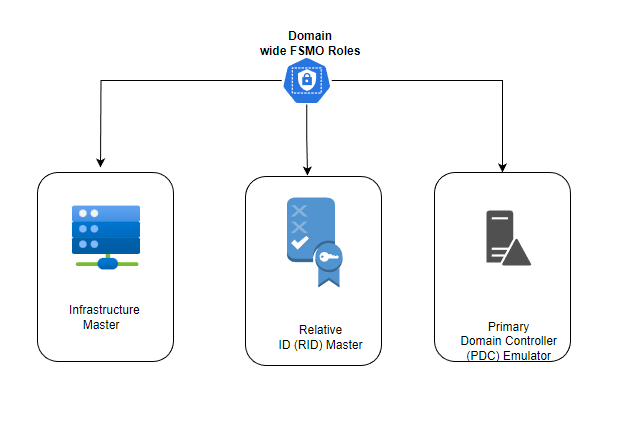
By default, the first domain controller installed in a forest holds all the FSMO roles. However, administrators can move these roles to other domain controllers based on their needs, such as redistributing roles for load balancing or moving roles when decommissioning a domain controller.
It’s essential to manage FSMO roles carefully, and understanding their functions is crucial for maintaining a healthy functioning Active Directory environment.
Soon Microsoft is going to stop extended support for Windows 2012 servers and if your organization’s active directory is running on the 2012 server, then you should migrate to the Windows 2019 datacentre server. All the above information will help you to assess the existing environment and help you to plan for smooth migration.
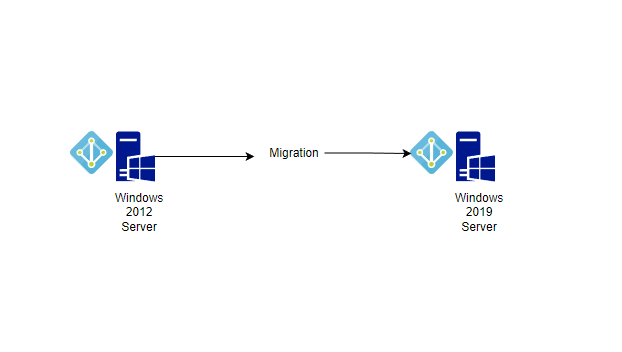
Divide your migration into phases viz. migrating the secondary server first, then the primary, and finally DR. This will ensure you can roll back at phases if something goes wrong, preventing unnecessary rework and escalations from the client. While also providing a window to check and monitor services that are running fine.

